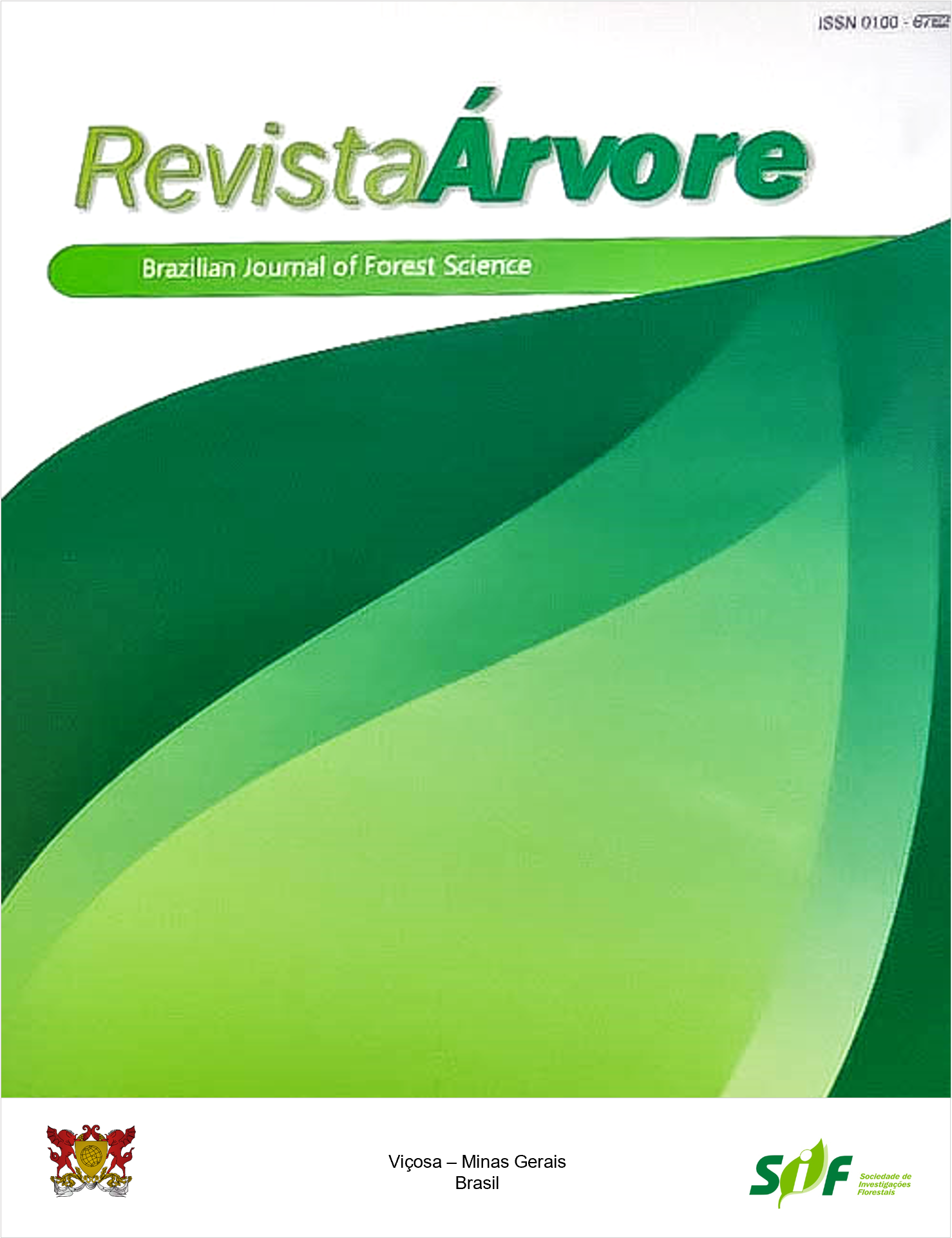ANALYSIS OF ENERGY SUFFICIENCY IN A FAMILY FARMING PRODUCTION CHAIN
Keywords:
Energy sustainability, Forest biomass, Rural producersAbstract
The value chains that compose family farming constitute several economic activities relevant to the Brazilian economy. The tobacco sector stands out for its financial aspect but also its environmental appeal. For this reason, it has been giving special attention to the sustainability of the production process, including the energy efficiency of tobacco drying, where forest biomass is used as a renewable energy source. Thus, the objective of this work was to carry out a diagnosis of forest production and consumption by tobacco producers. The applied methodology was based on the inventory of the producers’ forests and the Brazilian Association of Tobacco Growers’ database. It was estimated that the sector’s forestry base, comprised of the seven VTPR (Virginia tobacco-producing regions), had a total of 116,103.05 ha of Eucalyptus forest plantations. It is possible to observe that the forest structure is deregulated in both areas. The PR – Southeast, SC – North Plateau, SC – Alto Vale, and RS – Costa Doce regions showed a firewood deficit. The regions SC – Coast, and RS – Central Depression presented an oversupply of forest biomass. There is energy self-sufficiency for tobacco production for some of the VTPR. However, the scenarios showed a firewood deficit in part of the regions. Thus, results show that it is necessary to implement strategic plans to achieve energy self-sufficiency for the sector.
Keywords: Energy sustainability; Forest biomass; Rural producers
Downloads
Published
How to Cite
Issue
Section
License
All authors agreed to submit the work to Revista Árvore and granted the exclusive license to publish the article. The authors affirm that it is an original work and has not been previously published elsewhere. The scientific content and opinions expressed in the article are the sole responsibility of the authors and reflect their opinions, not necessarily representing the opinions of the editorial board of Revista Árvore or of the Society of Forest Investigations (SIF).




